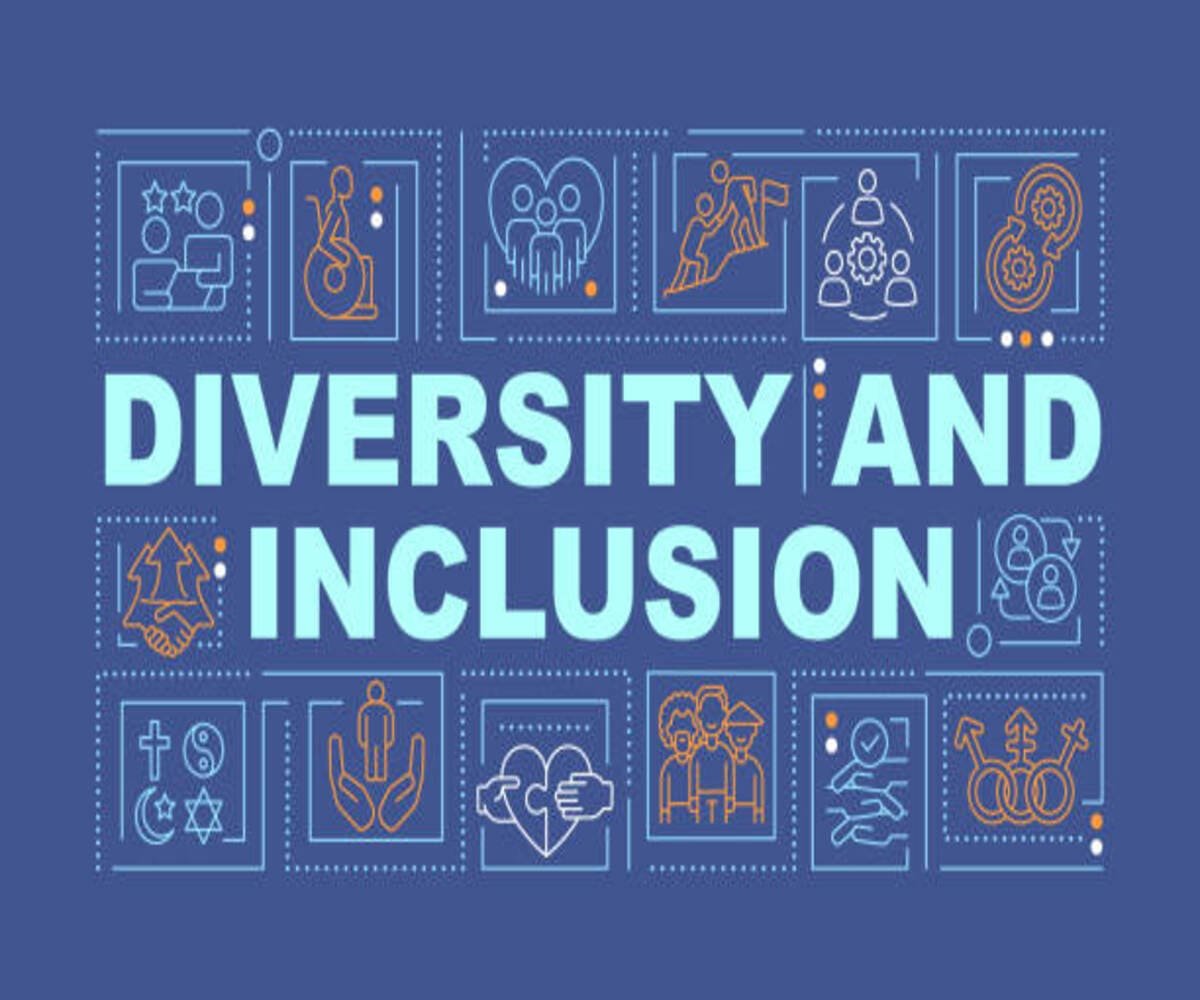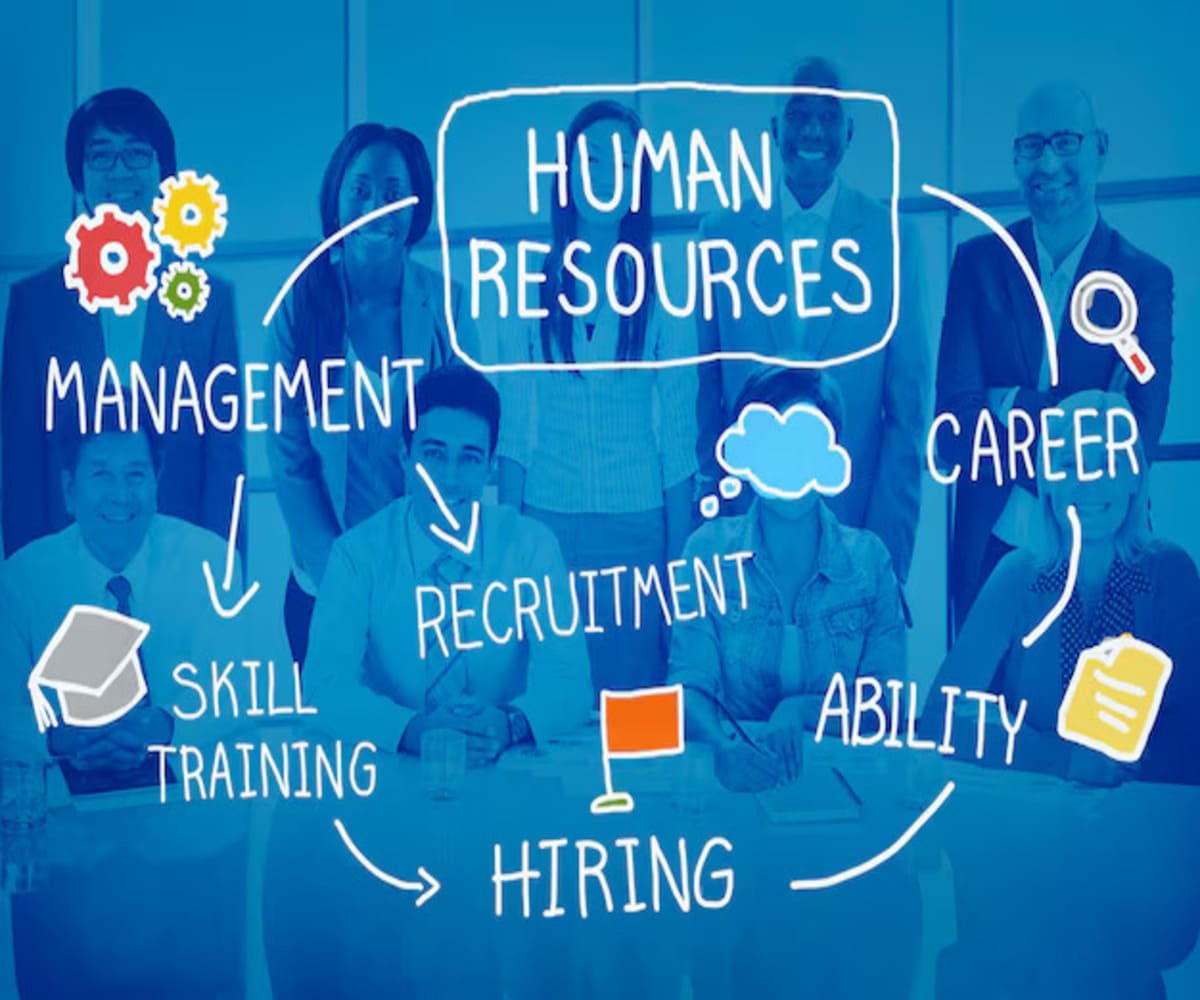Introduction to Workplace Diversity and Inclusion
Workplace diversity and inclusion (D&I) are essential for creating an environment where every employee feels valued, respected, and empowered to contribute to the organization’s success. Diversity refers to the presence of differences in the workforce, including race, gender, age, religion, disability, and other characteristics. Inclusion, on the other hand, is the practice of creating a workplace culture where all employees feel equally involved, heard, and supported.
At SignifyHR, we offer in-depth courses on workplace diversity and inclusion, focusing on how HR professionals and business leaders can build inclusive workplaces that drive innovation, improve employee satisfaction, and enhance organizational performance.
The Importance of Workplace Diversity and Inclusion
Diversity and inclusion play a crucial role in shaping a healthy and productive work environment. The key benefits include:
- Improved Innovation and Creativity: Diverse teams bring different perspectives, leading to better problem-solving and innovative solutions.
- Enhanced Employee Engagement and Satisfaction: When employees feel valued for their unique contributions, they are more likely to be engaged and satisfied with their work.
- Better Decision-Making: Inclusive teams make decisions that are more balanced and reflective of a wider range of viewpoints.
- Attraction of Top Talent: Organizations with strong D&I practices are more attractive to job seekers who value diversity and equal opportunities.
- Compliance and Legal Benefits: Embracing diversity and inclusion helps ensure compliance with equal employment opportunity (EEO) regulations and minimizes the risk of discrimination lawsuits.
Creating a diverse and inclusive workplace isn’t just the right thing to do; it’s a strategic business move that can lead to increased productivity, improved employee morale, and a stronger organizational reputation.
Key Components of Workplace Diversity and Inclusion
1. Diversity Recruitment Strategies
Attracting a diverse workforce starts with implementing inclusive recruitment practices. Some effective strategies include:
- Bias-Free Job Descriptions: Using gender-neutral language and ensuring that job descriptions focus on skills and qualifications rather than subjective attributes.
- Diverse Hiring Panels: Forming hiring panels with diverse members to help reduce unconscious bias in the recruitment process.
- Inclusive Job Advertising: Posting job openings on diverse job boards and ensuring that recruitment materials are inclusive and reach underrepresented groups.
- Talent Pool Outreach: Engaging with organizations and communities that serve underrepresented groups to expand your talent pool.
Diversity in recruitment ensures that the organization’s workforce reflects a broad range of perspectives and experiences.
2. Creating an Inclusive Work Environment
Inclusion is about fostering an environment where everyone feels welcomed and supported. Key strategies for creating an inclusive work culture include:
- Employee Resource Groups (ERGs): Establishing employee groups that provide support and a sense of belonging for individuals from specific demographic backgrounds (e.g., women, veterans, LGBTQ+, etc.).
- Inclusive Leadership: Leaders must model inclusive behavior by promoting diversity, addressing exclusion, and creating opportunities for everyone to succeed.
- Cultural Competence Training: Providing training programs to increase awareness of cultural differences, reduce stereotypes, and promote respectful behavior.
- Flexible Work Policies: Offering flexible work arrangements (e.g., remote work, flexible hours) that accommodate employees’ diverse needs, such as caregiving responsibilities or religious practices.
An inclusive environment allows employees to bring their whole selves to work, which leads to higher levels of engagement and retention.
3. Promoting Equal Opportunities
Equal opportunities in the workplace are essential for ensuring fairness and equity for all employees. Promoting equal opportunities involves:
- Equal Pay for Equal Work: Ensuring that all employees are paid fairly, regardless of gender, race, or other personal characteristics.
- Career Advancement Opportunities: Providing equal access to training, mentorship, and leadership development programs for all employees.
- Transparent Promotion Processes: Creating clear, transparent processes for promotions, raises, and career development to ensure that all employees have equal opportunities to advance within the organization.
Promoting equal opportunities helps eliminate discrimination and bias and ensures that every employee has a fair chance to succeed.
4. Addressing Unconscious Bias
Unconscious bias refers to the subtle, unintentional stereotypes and assumptions we make about others based on their background or identity. Addressing unconscious bias is a critical component of promoting diversity and inclusion. Some strategies to tackle unconscious bias include:
- Bias Training: Offering training programs that help employees recognize and address their own biases, especially during recruitment, performance reviews, and decision-making.
- Standardizing Evaluation Processes: Creating clear and objective criteria for evaluating employee performance, hiring, and promotions to reduce the impact of bias.
- Feedback and Accountability: Encouraging open dialogue about bias and holding leaders and employees accountable for their actions.
Addressing unconscious bias helps create a fairer, more inclusive workplace where everyone has an equal opportunity to thrive.
5. Diversity and Inclusion Metrics and Reporting
To measure the effectiveness of D&I initiatives, organizations must track key metrics and make data-driven decisions. Some important metrics include:
- Workforce Demographics: Tracking the diversity of the workforce, including race, gender, disability, and other characteristics.
- Employee Engagement Surveys: Conducting surveys to assess employees’ feelings of inclusion, satisfaction, and belonging.
- Promotion and Retention Rates: Analyzing whether certain groups are underrepresented in leadership roles or experience higher turnover rates.
- Training Participation: Measuring employee participation in D&I training programs and evaluating the effectiveness of those programs.
Regular reporting on D&I metrics helps organizations identify areas for improvement and ensures accountability for meeting diversity and inclusion goals.
6. Building a Sustainable Diversity and Inclusion Strategy
A successful diversity and inclusion strategy is one that is sustainable and integrated into the fabric of the organization. Key steps to ensure sustainability include:
- Leadership Commitment: D&I initiatives must be supported at the highest levels of the organization. Leaders should demonstrate their commitment through actions, policies, and resource allocation.
- Employee Involvement: Engaging employees at all levels in D&I efforts helps build a sense of shared responsibility and ownership of the organization’s diversity goals.
- Continuous Improvement: D&I strategies should be regularly assessed and updated based on feedback, metrics, and changing organizational needs.
A sustainable D&I strategy ensures long-term success and fosters a truly inclusive organizational culture.
Why Workplace Diversity and Inclusion Matters
Diversity and inclusion are essential for the success and growth of any organization. Here’s why:
- Innovation and Creativity: Diverse teams bring a range of perspectives that lead to more innovative ideas and solutions.
- Better Decision-Making: Inclusive teams make better decisions by considering multiple viewpoints and reducing the risk of groupthink.
- Higher Employee Morale: Employees who feel valued and included are more likely to be motivated, engaged, and loyal.
- Positive Employer Brand: Organizations that prioritize diversity and inclusion are more attractive to top talent and are seen as responsible and ethical employers.
Workplace diversity and inclusion aren’t just moral imperatives—they are business imperatives that lead to improved organizational performance.
Key Trends in Workplace Diversity and Inclusion for 2025 and Beyond
As the world of work continues to evolve, so do the strategies for fostering diversity and inclusion. Key trends include:
- Inclusive Leadership: A greater emphasis on developing leaders who are equipped to manage diverse teams and create inclusive work cultures.
- Focus on Mental Health and Well-Being: Incorporating mental health support into D&I efforts to address the needs of employees from diverse backgrounds.
- Intersectionality: Recognizing that employees have multiple identities (e.g., gender, race, age, disability) that influence their experiences in the workplace.
- Remote Work and Global Inclusion: Ensuring that diversity and inclusion initiatives are effective in a remote or hybrid work environment, particularly with global teams.
Conclusion
Workplace diversity and inclusion are integral to building a thriving, innovative, and successful organization. By embracing diversity and fostering inclusion, businesses can create an environment where all employees feel valued, empowered, and engaged.
At SignifyHR, our Workplace Diversity and Inclusion course offers comprehensive insights into how to implement effective D&I strategies and create an inclusive workplace culture. Enroll today to learn how to build a more diverse, equitable, and inclusive organization.





